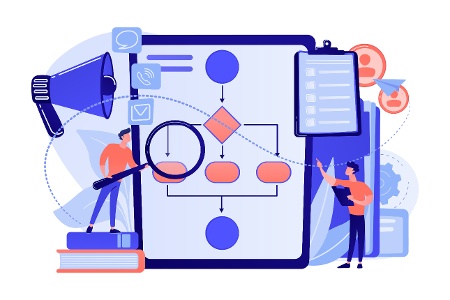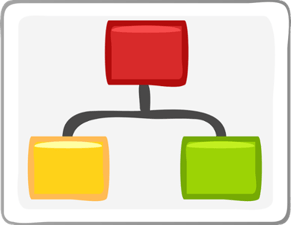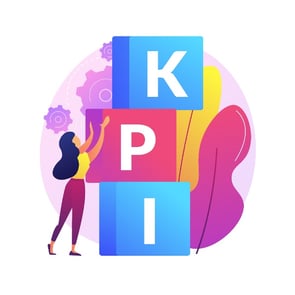How Value Stream Mapping drives customer experience
A value stream map (VSM) is a powerful tool used in continuous improvement methodologies such as Lean and Six Sigma to visualize and analyze the flow...
When we are part of an organization, we find different areas, which will be composed of teams and systems that perform various tasks. This synergy results in a product or service given to different customers. Executing each process efficiently without incurring slow, bureaucratic, and even obsolete processes requires understanding and teamwork from everyone.
Therefore, it is necessary to be clear that processes are tasks related to each other, where inputs are transformed into an expected result. On the other hand, a process survey consists of documenting, establishing, and determining the step by step of activities that we carry out in our organization. Showing the identity, characteristics, and what to do with a given process. The increasing demand for activities and the cooperation between areas lead us to have processes that allow us to optimize our day-to-day and that can be easily understood, measured, and improved.
Index

What is it?
As mentioned above, process mapping allows organizations to understand the various activities, routines, and procedures. These processes range from operational, support, and strategic ones. An adequate process survey is a valuable tool; you should execute it with periodic reviews, easy to understand, establish action plans and make relevant improvements. You can capture these surveys in flowcharts, process maps, SIPOC, or in a standard procedure.
How can I build a process in just six steps?
Once we know what a process is and the importance of doing a process survey, how should I start? Who are the parties involved? We can be overwhelmed by these and many other questions. With these 6 points that I will describe below, we are ready to jump into the water and take the reins in this great work:





We cannot overlook going further if you have the As-Is processes survey ready. It is necessary to get closer to our objectives with more mature processes, going into the To-Be processes. The processes where you want to go, where the organization is going.
Advantages
By collecting all the processes, the information generated, besides being very valuable, allows you to:

Taking the time to elaborate on this exercise will give us a good definition, able to provide us with a global and interrelated idea of all the areas and their processes, leaving aside the erroneous notion of working in silos without the cooperation and participation of all.
Of course, each organization has its challenges, assignments, and day-to-day workload. So you can contact us for a consultation. We will be pleased and willing to help you with your doubts in this exercise. You can visit our website www.imagineer.co

A value stream map (VSM) is a powerful tool used in continuous improvement methodologies such as Lean and Six Sigma to visualize and analyze the flow...

A few months ago, near my house, a family decided to start a business and use part of their garage as a bakery. They put up a display case, had their...

Every organization needs to solve different types of challenges in its commercial areas. For example, aligning marketing, sales, and service teams,...